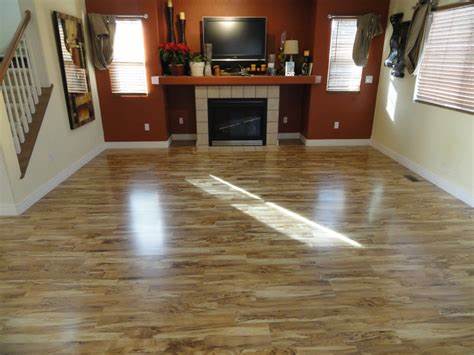4 important factors when choosing a rental floor
Durability:
Cost:
Remain neutral
Room function
Different types of flooring are most suitable for different areas of the rental property. Avoid using carpets in wet and humid places, such as bathrooms and basements. Tiles are a good choice in these areas and can also be used for entrances that require a durable floor.
7 Floor selections to consider when renting
Carpet: The carpet is a floor covering made of thick fibers. It is cut to fit the size of the space. The carpet mat is usually placed under the carpet and the stapler is used to secure the carpet in place.
Tiles (ceramic, ceramic, stone): Tiles are a hard material such as porcelain, ceramic or stone. It is cut into pieces and mounted on cement boards with cement or thin cement boards. The gap between the tiles is filled with cement slurry.
Hardwood (solid wood and engineering): Hardwood is a floor made of different kinds of wood. The wood is cut into wooden boards and nailed to the subfloor.
Vinyl: Vinyl is another synthetic flooring option. It can be seen on large sheets, tile-sized pieces or on wooden boards. It can be glued to an existing floor or it can be mounted as a floating floor by clicking on the plank.
Cork: Cork is a floor made of soft oak oak bark that either sticks under the floor or sticks together.
Linoleum: Linoleum is a blend of natural materials such as linseed oil and calcium carbonate. Linoleum usually comes in the form of sheets and must be glued to the subfloor.




